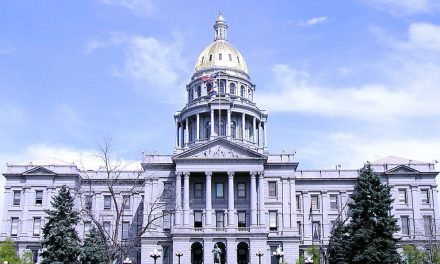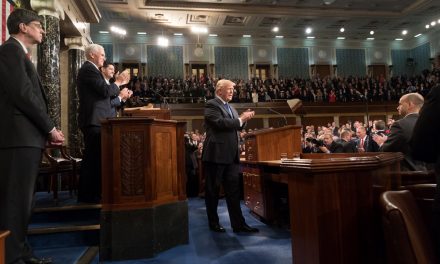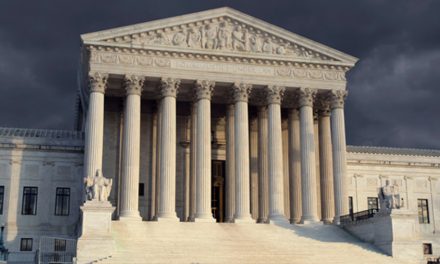The U.S. Senate recessed on Friday for its annual August time away from Washington, D.C. During the week before the break, senators confirmed 13 federal district court nominees, an impressive number for a Senate which has been hopelessly divided over judges for many years. The current confirmation success even extends beyond district court judges. According to NPR.org, this president has appointed, in only 2 1/2 years in office, nearly 1 in 4 of the nation’s federal appeals court judges and 1 in 7 of its district court judges. And one can’t forget two worthy Supreme Court appointments in Justice Neil Gorsuch and Justice Brett Kavanaugh.
Judges fill a variety of courts in our federal system. The vast majority of federal judges sit on what are commonly called district courts, courts of appeals, and the Supreme Court. There are approximately 870 “active” federal judges and justices on those courts (plus semi-retired judges who take “senior status” and work a reduced caseload). There are 94 district level trial courts (where almost all cases originate), 13 regional courts of appeals, and the Supreme Court. All derive their authority from Article III of the Constitution, while the number of judgeships is set by laws passed by Congress.
The bulk of the judges in that 3-tiered system of district courts, appellate courts and the Supreme Court serve in the district courts – approximately 675 of them. The 13 regional appellate courts have a total of nearly 180 judges, and of course there are nine justices who sit on the Supreme Court.
Over the last 2 1/2 years of the current administration the Senate has confirmed 43 judges to sit on the various regional appellate courts. That’s a record for any administration at this same point in a president’s first term going back to the formation of the appellate courts in 1891.
Why has this happened? First, the administration and Senate leaders have focused on appeals court vacancies more than in previous administrations. Appellate courts are important because they decide the toughest legal and constitutional issues that bubble up in appeals from the district courts. They decide how laws apply for vast numbers of Americans in their regions. Most of those cases never make it to the Supreme Court, so decisions of the appellate courts are important.
Second, the most talented appellate judges who have decided those difficult issues typically form a “pool” of potential Supreme Court justices any president may look at when a vacancy arises. Focusing on those important judgeships creates a deep bench from which to choose the next Supreme Court nominee. For example, both Justice Gorsuch and Justice Kavanaugh came from federal appellate court judgeships. Thus, the current strategy to prioritize and fill appellate vacancies has been intentional, which in turn led to a record number of appellate court confirmations.
The process has also been changed to speed up the confirmations. Frustrated Republican senators faced a record number of filibusters (120) of the president’s judicial nominees from Democrats since Inauguration Day, January 2017. In response, Senate rules were changed last April to reduce debate time for most presidential nominees from 30 hours each to two hours apiece. Since that time, 59 federal judges have been confirmed, a number which would have been impossible under the old rule.
Because of deaths and retirements, vacancies on the federal bench are constantly opening up. Right now over 100 district and appellate judicial vacancies need to be filled. Streamlining the process to get judges confirmed more quickly benefits litigants who expect their cases to be heard in an expeditious manner. Citizens should not have to be caught up in the backload that occurs when judges must take on the caseload of a retired colleague in addition to their own while months pass waiting for a replacement to be confirmed.
Elections matter. They especially matter where judges are concerned. Even the liberal U.S. 9th Circuit Court of Appeals is changing because of recent appointments. We need constitutionalist judges on the federal bench who interpret and apply the Constitution and laws of our country in accordance with the plain meaning of the text, and where there is ambiguity, according to the original understanding of the particular constitutional provision or statute. That’s the only way we can attempt to assure ourselves we are not appointing judges who will create new law and constitutional “rights” out of whole cloth.






